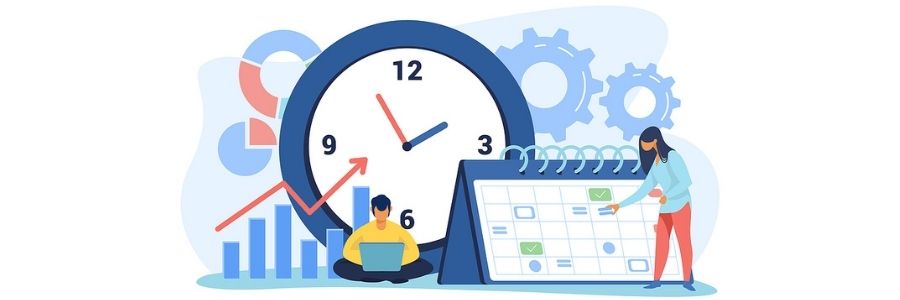Now that you’ve read our intro to Business Units, and understand whether Business Units is right for you and the considerations you should make, our last blog in the Migrating to Pardot Business Units series is here. We share our top tips for a smooth and successful business unit migration.
Planning
Our first recommendation: take the time out to plan who should be involved in the migration. Prepare a list of key stakeholders and teams, set out a strategy in implementing the changes and a timeline.
Key things to question here:
- Do you have a valid business case? Talk to your Salesforce Account Executive.
- Who should be involved? This includes internal and external teams.
- Priority of teams and migration. Which data/regions should be migrated first and why?
- Data setup – who will create the MDS rules and determine the new data flow?
- What impact will the migration have on the team’s day to day activities?
- Are there any short term fixes you may need to implement in the new business unit to accommodate for the migrated prospects?
- Should users have access to multiple business units, or are they limited to their own business unit?
- Is there a timeline and budget you need to consider?
- Are there any prerequisites you need to enable before migrating?
Timing
Secondly, give yourself enough time to prepare and migrate the assets to the new business unit. Ensure your marketing teams have migrated campaigns that are essential to the day to day running of the business so you can continue to operate as you usually would.
Try to plan your migration during quieter months where you’re not running multiple campaigns or are working towards a launch of a new product or promotion. Believe me, you do not want to be thinking about this as well as the migration!
Think about implementing a phased migration plan. It can be very exciting whenever a new process or feature you previously weren’t exposed to is coming into action. But projects such as these can get larger than intended. Migrate teams by region, for example, a couple of months apart to accommodate any issues and delays that may arise as well as giving you time to breathe!
Also, a phased approach helps you identify anything you may have not thought about before, which can really help especially if something were to happen to your data. It’s better it happens to a smaller batch which you can manage and resolve than your whole database!
Testing
Lastly, test, test and test! It’s really important to actively test items relating to the flow of data between Pardot and Salesforce. With access to Pardot Sandbox and Training Environments, build the flow and test the MDS rules with a handful of test prospects first, without it affecting your real data.
With that being said, we’ve come to the end of our Migrating to Pardot Business Units series! If you loved reading our series and are planning to migrate to Pardot Business Units, reach out to one of our experts today!

